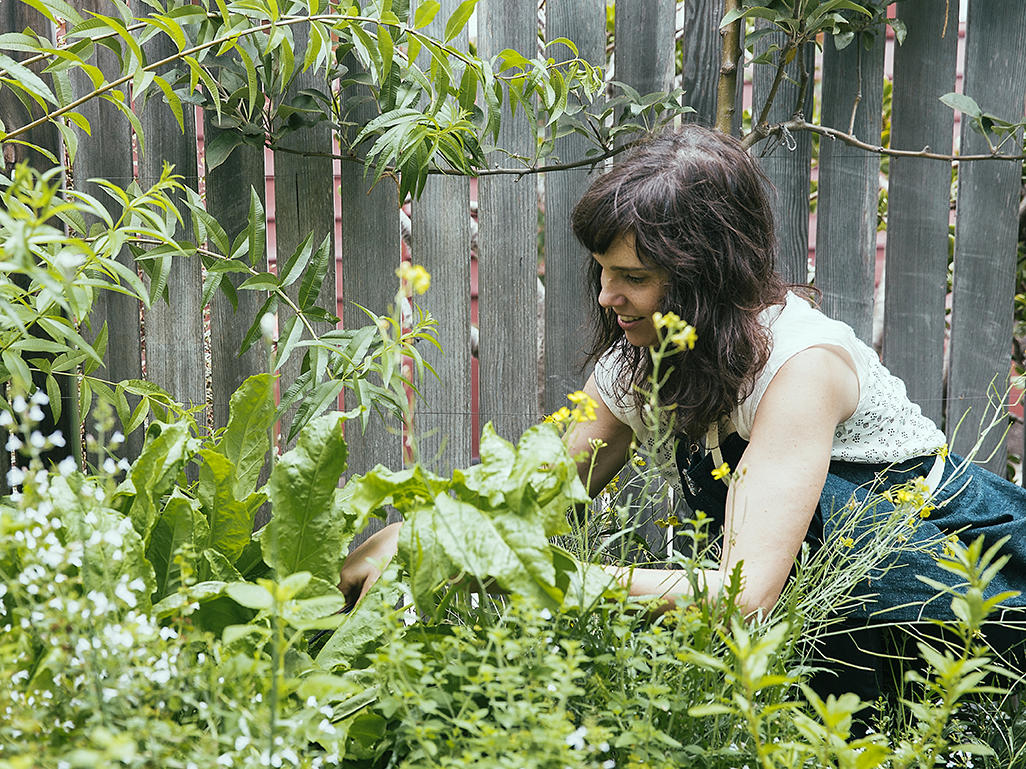
5 ways to maintain a veggie garden in dry times

In our July story Edible Garden Party, writer Miranda Jones introduces readers to the talented Erin Scott, Berkeley-based author of the popular cooking blog Yummy Supper.
In the article, Scott gives us delicious gluten-free recipes and great tips (check out some of the recipes here) on how to organize a party inspired by the bounty of the backyard garden. With so many terrific ideas, we just weren’t able to include them all in our pages. Here, Scott tells us a little more about her garden and shares tips for maintaining homegrown veggies even with the drought.
Back in 2008, Scott was diagnosed with celiac disease. “I was trying to acclimate to this new diet, and I felt lost in the kitchen, a place where I always found pleasure,” she says. So, she and her husband decided to get rid of their lawn in favor of growing a garden. “Filling our backyard with veggies and herbs completely inspired me. I stopped worrying about gluten and just had fun cooking all the goodness growing steps from our kitchen,” she says. But they didn’t actually tear out the lawn. Instead, they covered it with cardboard and compost, and then planted it right in the ground. It’s a technique called sheet mulching. “It’s a nice alternative to raised beds and so easy,” Scott says.
But how does she do it despite the drought? Here are five simple tips Scott suggests for maintaining your veggie paradise in dry times:
1. Create a thick topcoat of mulchUse organic compost to help keep the moisture in and the plants nourished.
2. Pick drought-resistant plantsLet herbs go to seed and come back as hearty perennials. Sage, basil, arugula, lemon verbena, fennel, nettles, and sorrel are top candidates in Scott’s backyard.
3. Use a drip system for your gardenEven with a veggie backyard and a family of four, Scott prides herself on the idea that her household uses less water than the average house in Berkeley. “The drought is tough for sure, and it’s a daily topic of conversation,” she says. “We also know we can do better and hope to start a gray water system.” (Get inspired with ideas for a gray water system here.)
4. Reuse water from the kitchenScott makes sure to take the water for steaming and washing produce back out to the garden. (Check out this easy idea here or how to wash produce efficiently here.)
5. Strategize the layout for planting“Our small backyard doesn’t get a lot of full sun so that definitely helps keep the edibles from getting parched,” she says. Well-placed fruit trees, such as fig and Meyer lemon in Scott’s edible backyard, all help to provide even more shade so that moisture is retained. “This means we do have to forgo heat-loving plants like melons, peppers, and cucumbers, but greens and herbs are quite happy in partial shade. We even grow miner’s lettuce in our shady corners,” she says.